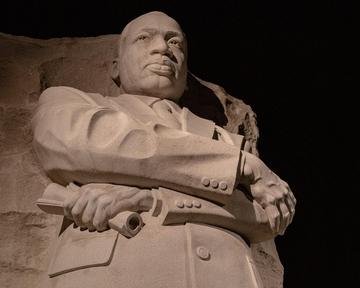Quiz Answer Key and Fun Facts
1. In 1870 what state elected the first African American to be seated as a Representative in the United States Congress?
2. Charles Evers was elected Mayor in the same state where his brother was assassinated, Mississippi. What town elected Evers Mayor?
3. Robert Weaver became the first Black cabinet member of a United States President. Which President appointed him?
4. Mary McLeod Bethune organized the "Black Cabinet" for which president?
5. Who was the first Black female member of Congress?
6. Who was the first Black female to become a national news commentator?
7. Patricia Roberts Harris had a few firsts in history. Which of the following was just one of them?
8. Who was the first woman of any race to preach/speak at London's Saint Paul's Cathedral at a service?
9. Who was the first African-American to win the Nobel Peace Prize?
10. Who was first to advocate "Black is beautiful"?
Source: Author
SmogLover
This quiz was reviewed by FunTrivia editor
bloomsby before going online.
Any errors found in FunTrivia content are routinely corrected through our feedback system.

